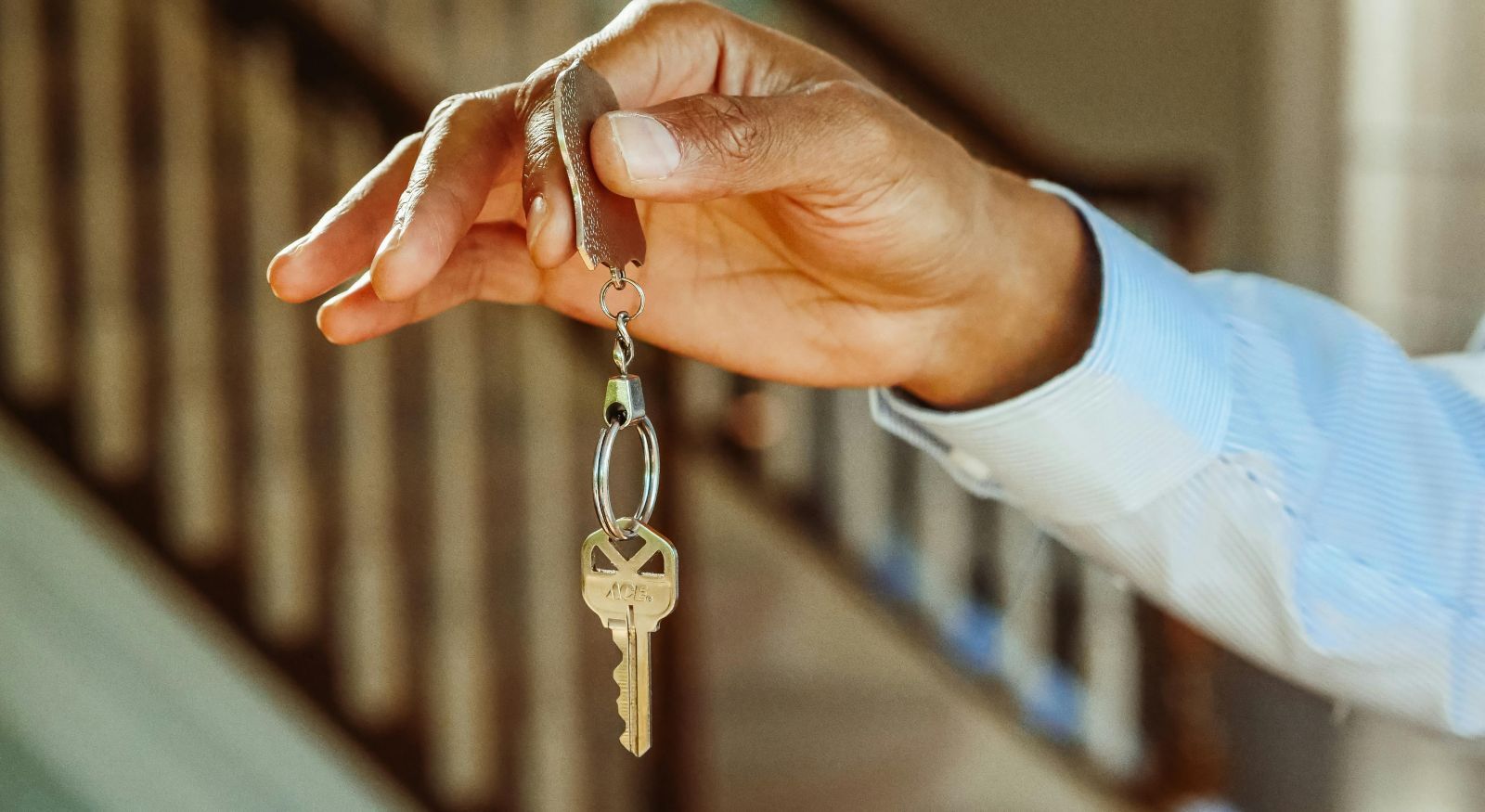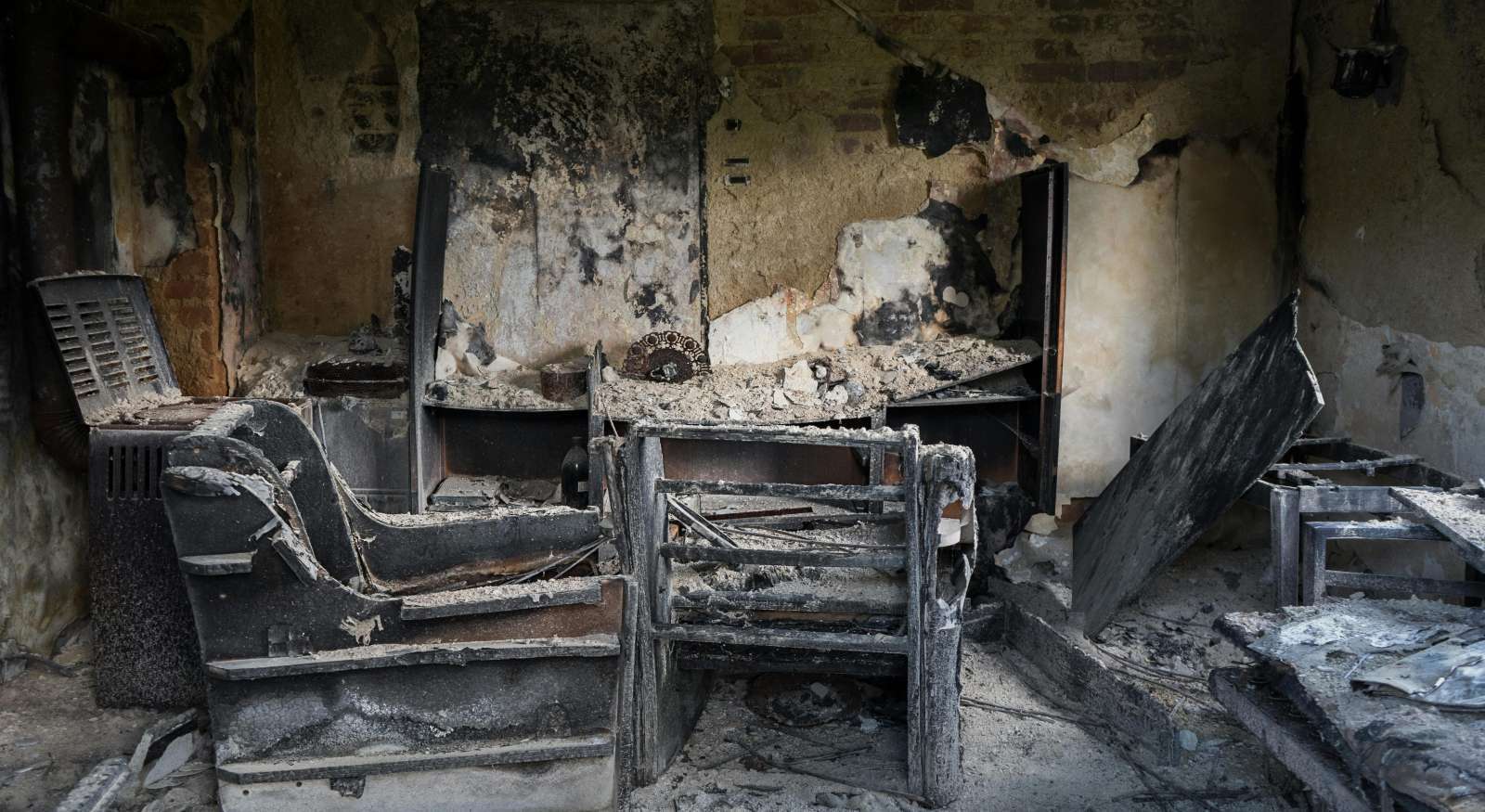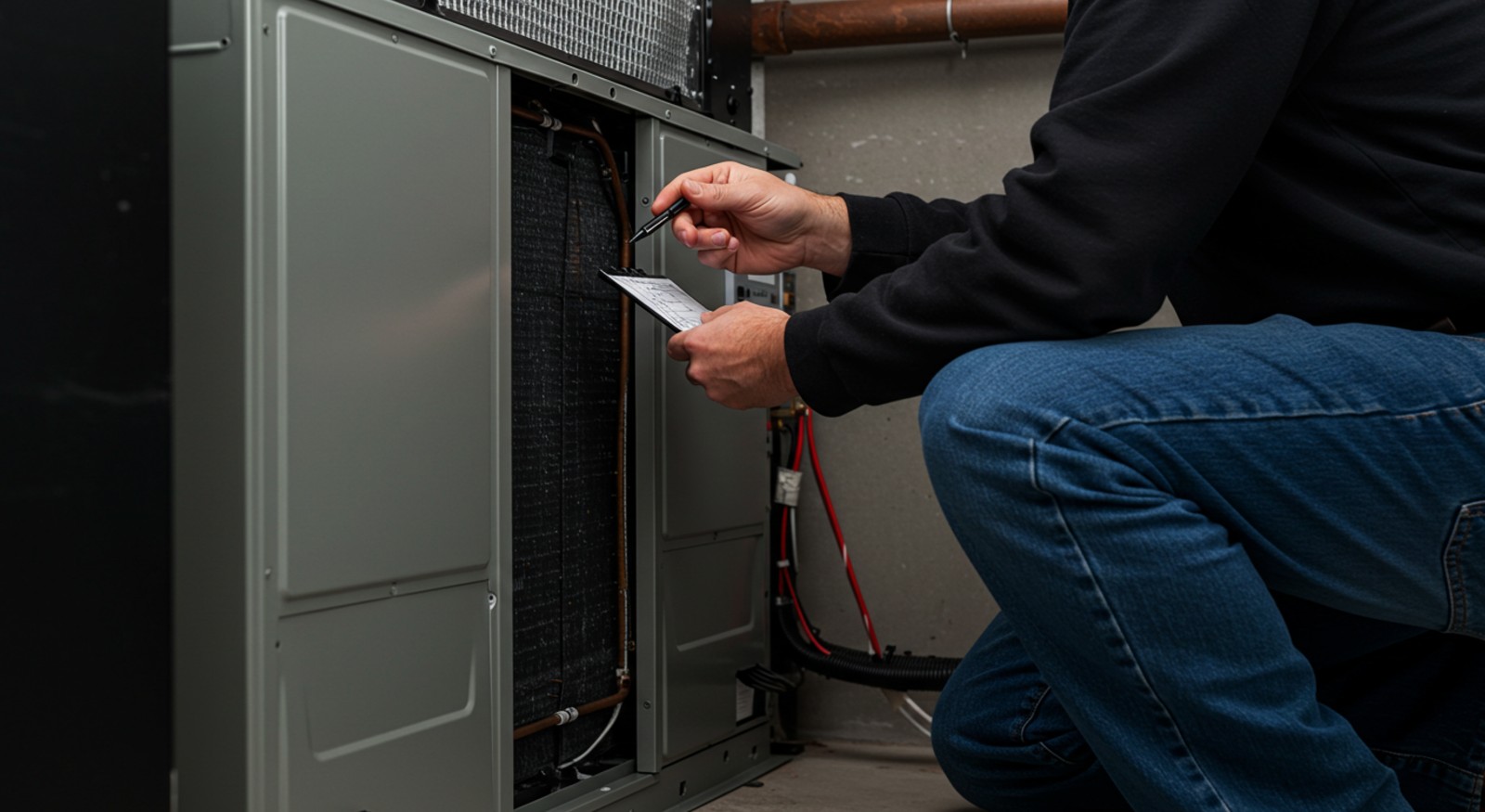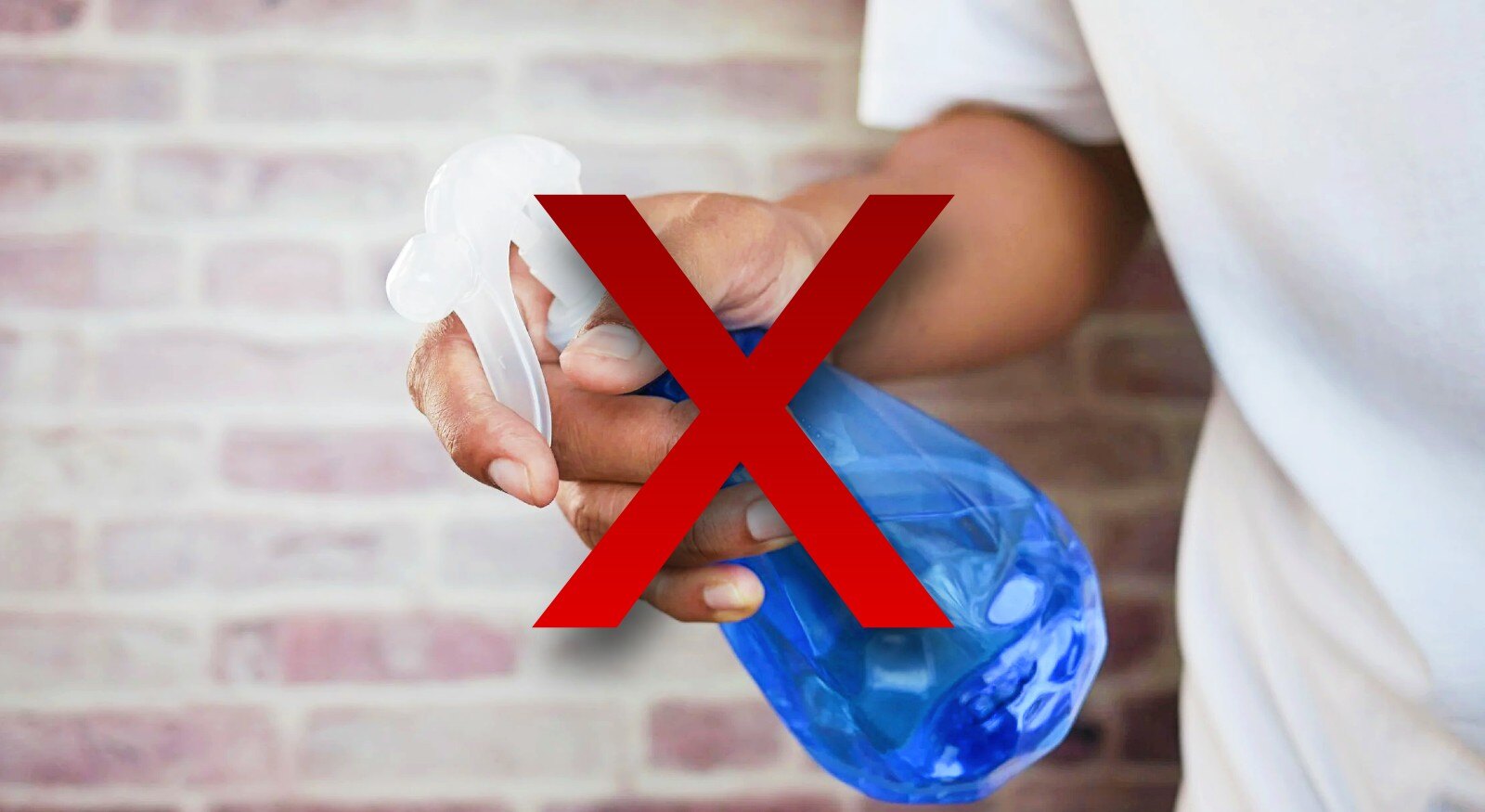Mold Cleanup: Your DIY Guide to Restoring Your Clothes
July 2nd, 2025
4 min read

Finding mold in your favorite clothes might make you think it's time to throw out your entire wardrobe. The stress of having something you love damaged beyond repair might be enough to ruin your day. But wait! There might be something you can do.
As the experts in mold remediation in South Arkansas, Restore-It is aware of the damage mold can leave behind. We are here to teach you techniques for dealing with mold before making a rash decision.
Let's get into the ins and outs of mold in clothes. From the initial visual clues to the telltale odors and texture changes, we will explore everything. You will learn safe and effective cleaning methods and practical tips to prevent this scenario. So join us and learn how to reclaim your clothes and create a mold-free environment.
Why Mold Grows in Your Clothes
To win a battle, you first must understand the enemy. The United States Environmental Protection Agency (EPA) states that mold is present almost anywhere there is moisture and oxygen. Outside, mold plays an important role in breaking down dead organic matter; however, when it grows inside buildings, it can present many issues.
One of these problems occurs when mold gets into your clothes. Fabrics tend to attract moisture, and sometimes, people don't dry their clothes completely or store them in damp environments. Considering that many clothes are made of natural fibers, it is not a surprise that mold loves to grow in clothes.
3 Tips to Spot Mold on Clothes
The number one method to prevent damage is to detect the mold early on. Here are three strategies to ease your search for signs of mold growth:
- Examine the Storage: Are your clothes stored in a damp area, such as a basement, closet, or laundry room? Consider storing them somewhere else before finding a way to control the moisture.
- Look for Visual Signs: Mold growth leaves visible clues, such as discolored patches, spots, or a fuzzy texture on your clothes. Mold can appear in various colors, including white, gray, black, or green.
- Check for Musty Odors: A persistent musty smell, even after washing, strongly indicates mold.
Before We Start: Safety First
Cleaning mold is not an easy task. However, the bigger issue is not how difficult it can be but rather how to do it safely. The EPA recommends using the following equipment to protect yourself: an N-95 respirator mask, gloves (if possible, long ones that extend to the middle of the forearm), and goggles. Conversely, it is best to treat clothes infested by mold in a well-ventilated area, preferably outdoors.
Your Step-by-Step Guide to Remove Mold From Clothes
So you go to your closet to look for clothes and realize that many have mold on them. Maybe there was a corner without ventilation, or your storage area was damp. Whatever the case, here is how to get rid of the mold and restore your clothes.
List of Supplies Needed
Apart from the protection we mentioned some lines ago, you should get these everyday household items to remove the mold:
- Baking soda
- Clean cloth or sponge
- Detergent (mild)
- Plastic bag or sealed container
- Soft-bristled brush
- Sunlight or a well-ventilated area
- White vinegar or borax
Step 1: Brush and Soak
If you see mold on your clothes, act fast. First, put on the mask, gloves, and goggles. Then, check other clothes nearby. Put the moldy clothes in a plastic bag or sealed container and take them to an airy place. Brush off any loose mold with a soft brush. Mix hot water with a cup of white vinegar in a bucket. Put the clothes in and let them soak for one hour. Then, scrub the stained areas with the brush.
Step 2: Wash With Added Ingredients
Wash your clothes in the washing machine with your usual detergent. You can add either Borax or white vinegar to help fight the mold. Check the detergent instructions for water temperature, but hot water is best for killing mold. If using Borax, follow the instructions on the box. If using vinegar, add 1-2 cups to the wash. You can also add 1/2 tablespoon of baking soda to help with smells.
Step 3: Dry the Clothes
Dry your clothes outside if you can. Hang them in a breezy but shaded spot, as direct sunlight can fade the colors. If you use a dryer, choose the correct settings to dry the clothes entirely without damaging them. Drying them very well is important; otherwise, the mold can return.
Step 4: Final Smell Check
Look closely at your clothes for leftover mold. Check the seams and folds. If you don't see any, smell them carefully. If they still smell musty, you should repeat the cleaning steps, soak the clothes longer, or scrub them harder.
Addressing the Root Cause of Moisture
To keep your clothes clean and mold-free, it's important to address the main causes of moisture. If your storage space isn't ideal, no worries- here are some simple ways to tackle that pesky underlying moisture problem:
The first step is to find where the extra moisture is coming from. This could be from leaky pipes, faucets, roofs, windows, or even your home's foundation. High humidity and poor ventilation in bathrooms, kitchens, and laundry rooms can also trap moisture. Condensation, where warm, moist air turns to water on cold surfaces, is another common cause.
Once you know where the moisture is coming from, you need to take steps to fix it. This might mean repairing leaks, improving airflow with fans, opening windows, using dehumidifiers to control humidity, or insulating cold pipes. Also, ensuring the ground slopes away from your house and keeping your gutters clean can help prevent water from getting in.
Not Enough? Let the Pros Handle It
Sometimes, the previous tips may not be enough to remove the spots, or you don't have the time to follow this lengthy process. That's where we come in. At Restore-It, we count on the Esporta Washing System to eliminate mold in all garments. This machine can clean any fabric to a food-grade level, meaning it can remove any microorganisms from the clothes. A small heads up: the faster you deal with the mold spots, the better the results. If too much time passes, the fibers might become too damaged to be salvaged.
Don't Deal with Mold Alone, Call Restore-It!
So that was it! We explained why mold grows in cloth and how to protect yourself from it, and we went through all the steps to get your clothes back from the clutches of mold. If you are worried after finding a mold patch in your favorite clothes, this guide will give you some relief. If you found a mold patch larger than 10 square feet or you suspect you might have mold in your home, contact Restore-It. Our team would be glad to offer expert advice and solutions. Let us help you get your home back to its best condition and restore your peace of mind.
Topics:

















